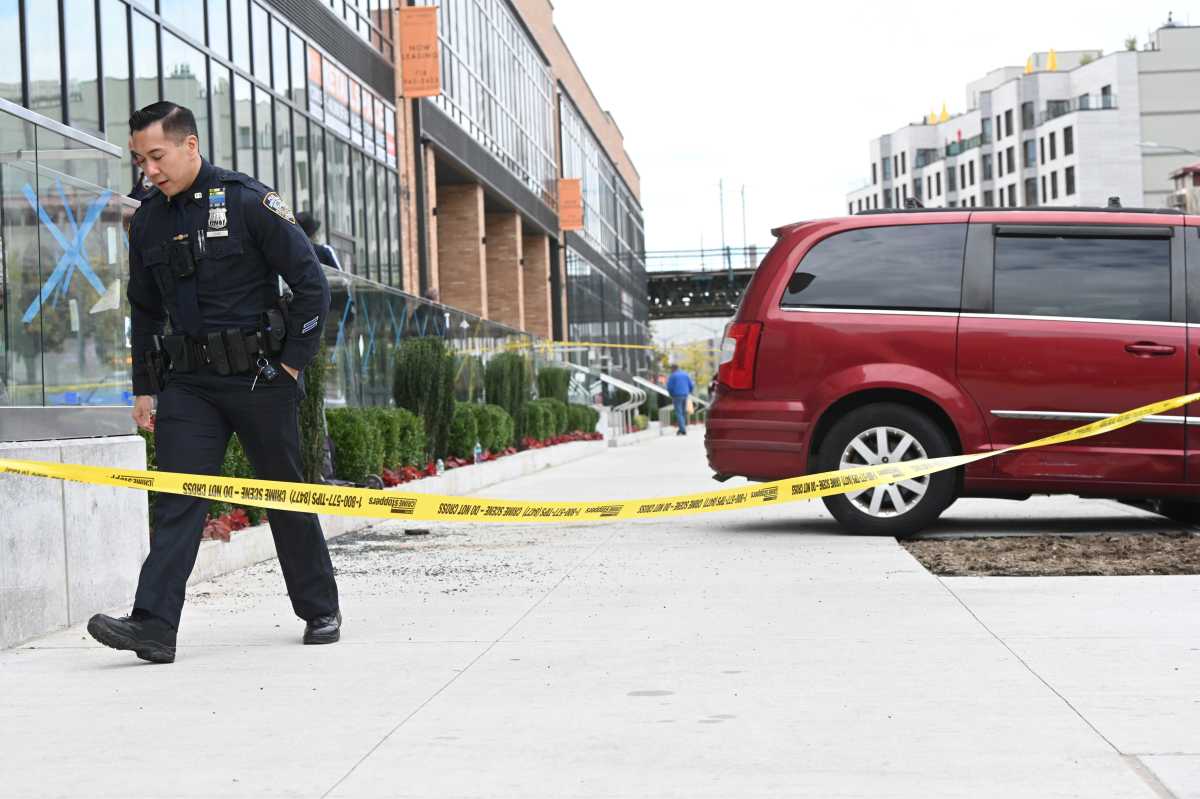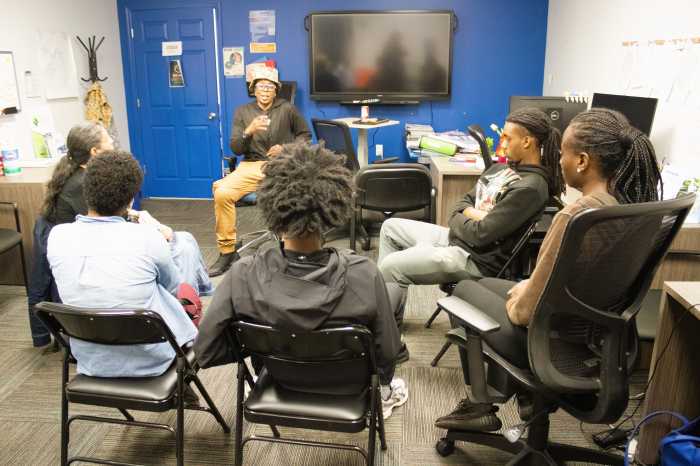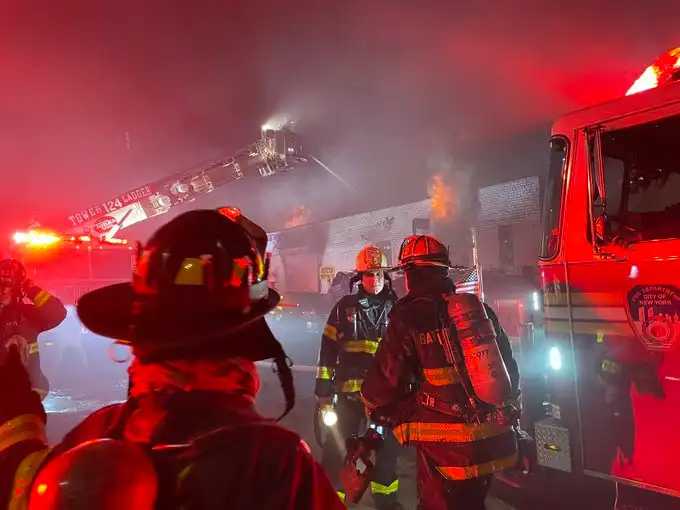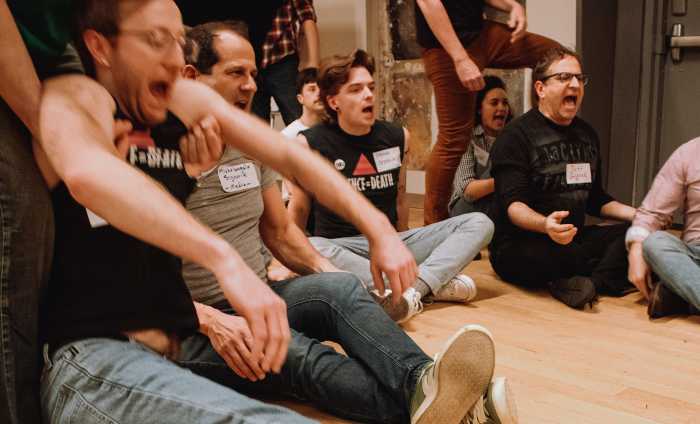
On Sept. 27, in a Bronx high school classroom full of students, Matthew McCree, 15, was stabbed to death.
A fellow student, Abel Cedeno, 18, has said he was bullied at the school with homophobic and racial slurs, and snapped that day. Cedeno, who is charged with murdering McCree, also stabbed a second student.
Some details about the circumstances are unknown. But to some parents and students at the Urban Assembly School for Wildlife Conservation, one thing is clear: Bullying is a problem there. Parents had taken to patrolling the halls, and violent fights occurred outside.
While official responses to school bullying often emphasize individuals — punishing bullies, persuading them to change their ways, even criminalizing the behavior — improving school culture is what works.
As a parent, this resonates. When my son was in kindergarten, and most of his classmates were new to elementary school, boys ganged up on one another. (You might think kindergartners too little for cruelty; you’d be wrong!)
By the following year at the same public elementary school in Brooklyn, nothing of the kind went on. The school emphasized community and mutual respect, focusing on social and emotional development as much as on academics. Kids were supervised, and teachers and staff were observant about social dynamics. Even small incidents were addressed, often through mediation and discussion.
The school’s culture changed the children’s behavior. One kid whom I had banned from my apartment when he was 5 is now, at 11, a welcome dinner guest.
Apparently our experience isn’t a fluke. Scholar Dan Olweus has been studying bullying in school for 40 years, and devised a well-regarded, research-based prevention plan that recommends changing school cultures in exactly the ways that seemed to work at my son’s school.
Last week’s death is tragic and sad, especially for the parents, but we should remember that this was the first homicide inside a NYC school in more than 20 years.
But the Urban Assembly School for Wildlife Conservation needs to change its culture. Let’s make sure the principal, teachers, parents and students get the support they need.
Liza Featherstone lives and writes in Clinton Hill.

































